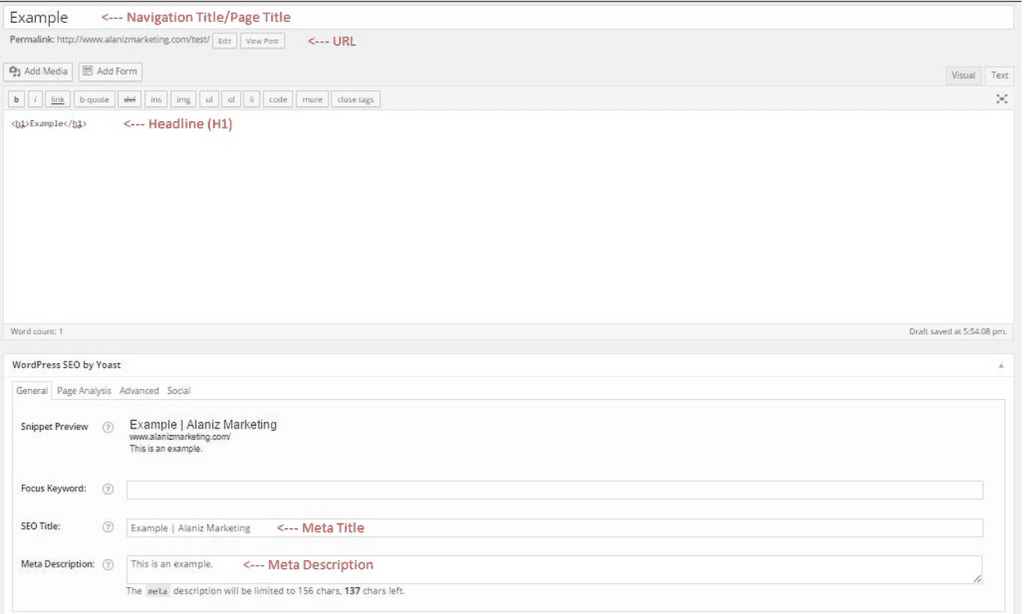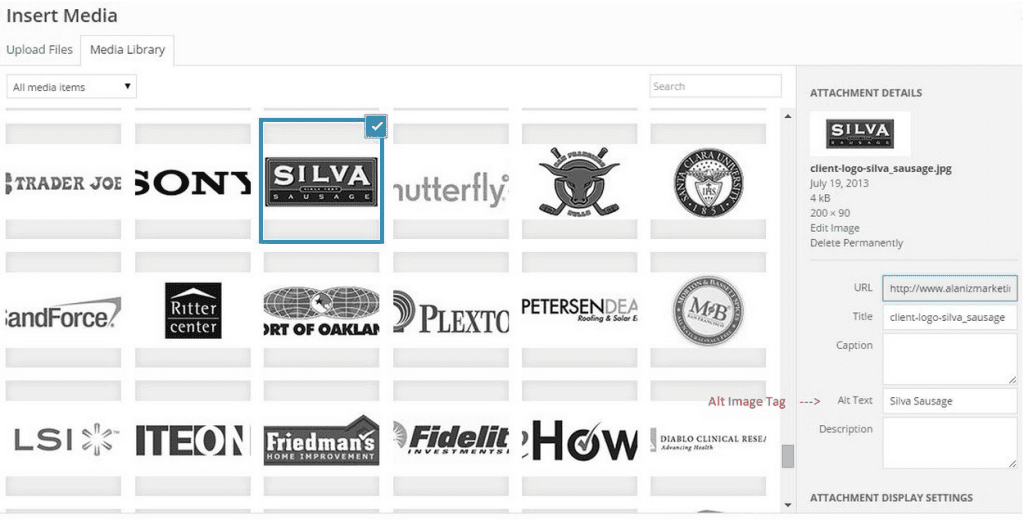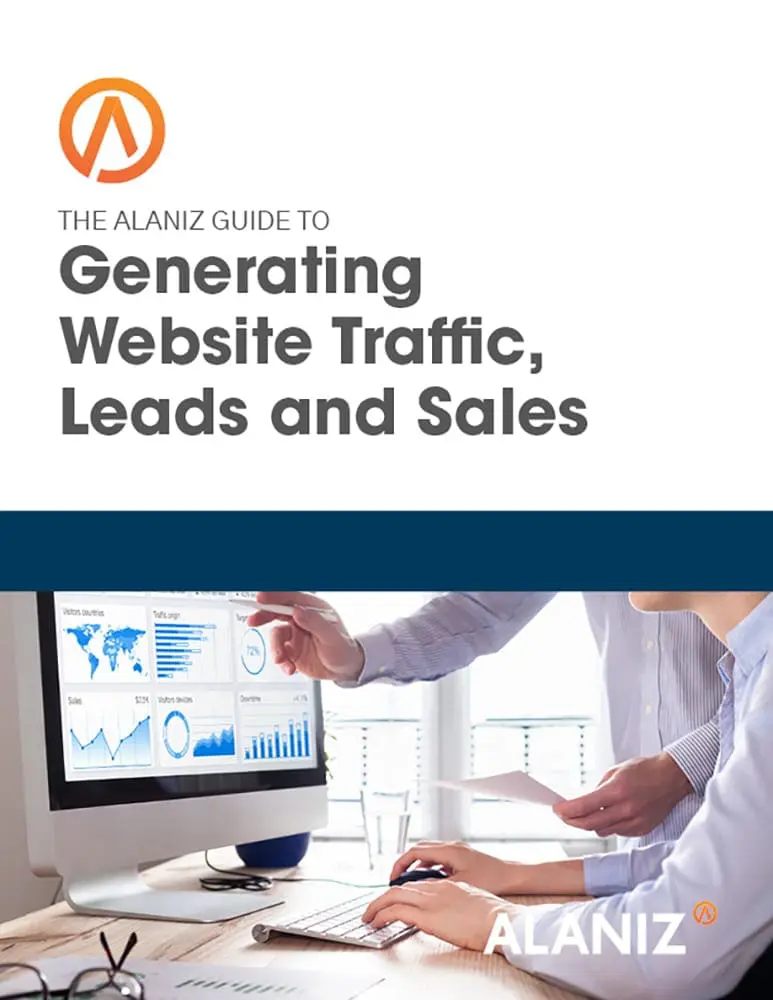There’s much more to a website than meets the eye–literally. What goes on behind the pages you see online is often more important than what you can actually see. One the most important of these elements is Search Engine Optimization, or SEO. SEO is what allows website pages to be found by people searching for products and services, and consists of two parts – on-page and off-page. In order for you to have the best chance of being found online by potential customers, best practices for both on-page and off-page SEO must be in place.
On-Page SEO
Websites are broken down into two parts. What you see in your internet browser is called the “front end”, while search engines, like google, see what is called the “back end.” All of on-page SEO is found in the back end of a website and is used by search engines to determine how relevant the page’s content is to a search query. Basic elements of on-page SEO include:
Navigation Title: Name of your website page that appears when your page is opened in a browser.
Page Title: The wording that appears at the top of a website page above the banner and tells search engines what kind of information is on the page.
URL: Portion of the url that comes after www.websitename.com and helps search engines identify page content.
Headline (H1): The main headline in the body of your page content that acts as a title.
Image Alt Tag: The name of an image and how search engines identify content of images.
Meta Title: The headline description that appears in search engine results. It does not appear on your site, but is a critical SEO element. This is the main headline that users will see when your page comes up in search results. Limited to 70 characters.
Meta Description: This is the description of a website page that appears in search engine results. It does not appear on your website and has no effect on page rank. However it is an important description for users to add context to your meta title. Limited to 156 characters.
The these basic elements (with the exception of Image Alt Tag) are easily found when creating or editing a page in WordPress.

Alt Image Tags are slightly more difficult to find because they identify the image, and not the page content. Alt Image Tags are located in the media section of WordPress and can be accessed when you select an image:

Building-out these on-page SEO elements is fairly straightforward and consistency is key. Pick a word or phrase that best identifies the content of the page, and incorporate into each element. Doing so will help search engines, and potential customers, find your page.
Off-page SEO
Think of off-page SEO as the credibility of a website page. Off-page SEO is created when other websites link back to the website page. The off-page SEO value is determined by three factors:
1) The number of links linking back to the website page
2) The relevance of the linking website domain to the content of the website page
3) The credibility of the page that gives you a link
When it comes to off-page SEO, quality is much more valuable than quantity. It is fairly easy to increase the number of links, but difficult to earn links from credible sources. You can increase the number of links by:
1) Including them in social media posts
2) Adding them to online directories
3) Strategically embedding them on related pages throughout your site
4) Including them in public forum posts as support for a statement
5) Participating in a link exchange scheme
The best way to earn links from credible sources is by creating useful, well thought-out, and valuable content. This means publishing information that others deem valuable enough to share out and give you credit for. Credible sources know the power of off-page SEO and will not link away from their site unless the content they link to is valuable and directly relates to their content. By linking to unvaluable, irrelevant content, their off-page SEO score would decrease. The same thing can be said for you, so be sure to consider quality and relevance when linking to another website.
When implementing SEO best practices, remember that there are two types: On-page and off-page. On-page equates to the relevancy of your content and is used by search engines to find your website pages. Off-page equates to the credibility of your page or site and is created by establishing inbound links from other relevant and credible websites.
Hope you found this blog helpful, feel free to reach out if you have any questions.
More on Website Development
- How Much Does a Website Cost? Understanding The Key Cost Drivers
- Visitor Intelligence – How to See Who is Visiting Your Website
- How to Convert Website Visitors into Qualified Leads
Want to make the most of your website? Feel free to download our ebook on how to drive website traffic, leads, and sales.

Download the Alaniz Guide to Generating Website Traffic, Leads, and Sales
You can also check our premium B2B SEO services to accelerate your traffic, leads, and sales.



